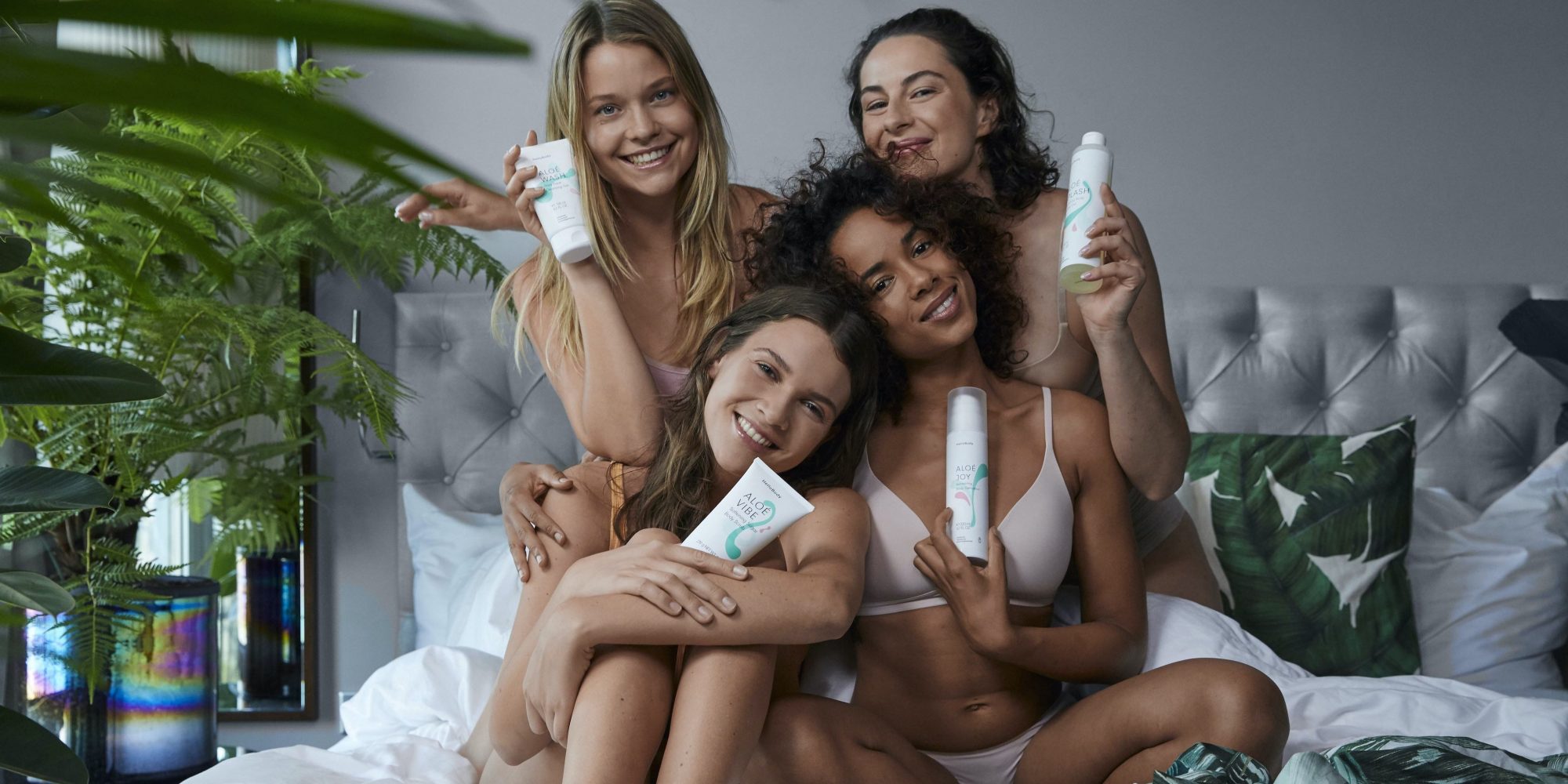
Fast-Growing DTC Brand HelloBody Offers A Very Different Take On G-Beauty
For the first six months HelloBody was on the market, it was focused on a coffee scrub that wasn’t exactly a dud, but it wasn’t a smash hit either.
“In the very beginning, with that one product, we had actually started to question the whole project because we didn’t see sales evolving,” says Monique Hoell, managing director and CEO of the direct-to-consumer beauty brand headquartered in Berlin. “When we tapped into a category where the products were being used on a more frequent basis—really on a daily basis—that’s when we started to see better traction.”
Specifically, HelloBody followed up its scrub with a detox facial mask to push it into facial care merchandise that today drives about 70% of its sales. The expansion was a crucial step toward catapulting the Invincible Brands-owned brand into becoming what it reports is the fastest-growing DTC beauty player in Europe. Last year, HelloBody generated 65 million euros in revenues or $72.5 million at the current exchange rate. It has websites directed at 10 geographies, including the United States, Germany, Spain, Italy, Poland, France, Hungary, Romania, Italy and the United Kingdom, and sells 50 stockkeeping units priced from $17.99 for bamboo makeup remover pads and a konjac face sponge to $199.99 for a 10-product set of coconut products.
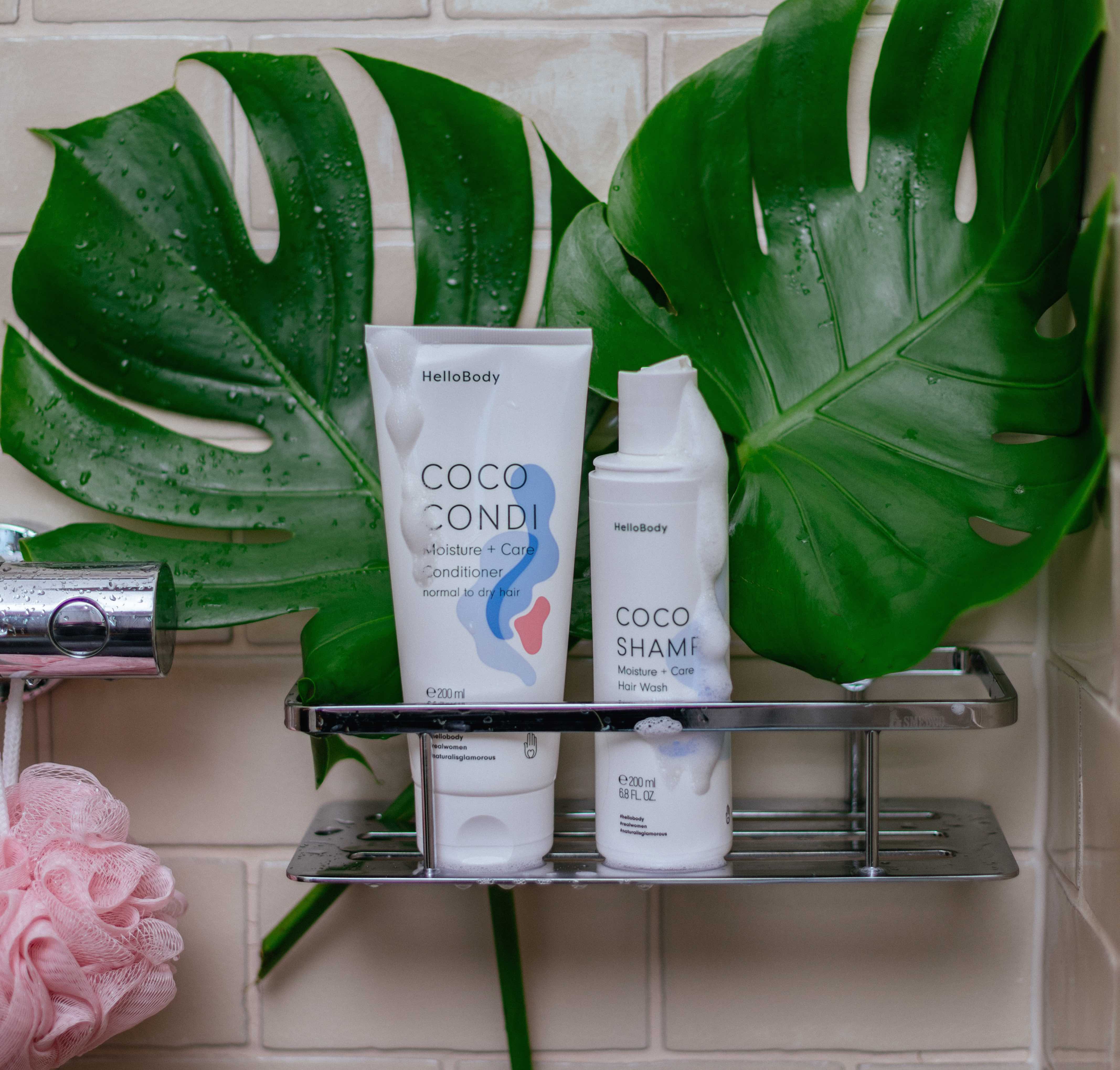
HelloBody’s early challenges reinforced a key lesson Hoell, former managing director and co-founder of assistant app Sixtyone Minutes, has learned about business: Concentrate on a target group, not a target product. The brand views all the elements of its operations from product development to marketing through the lens of its target group: 18- to 25-year-old women. To its core customers, German beauty staples like Dr. Hauschka and Weleda are old-fashioned while the emerging crop of G-beauty brands like Dr. Barbara Sturm and Royal Fern are serious and steep. They gravitate to HelloBody’s fun and affordable approach to natural beauty products.
The brand doesn’t release items without consulting its customers. It regularly conducts quantitative and qualitative surveys, and lets feedback from them guide its product pipeline. It also occasionally tests products in limited-edition runs in advance of introducing them permanently. HelloBody’s recent launches, Coco Shampoo and Coco Condi, increase its haircare repertoire. Previously, its only haircare product was Coco Shine Hair Mask. The brand has extended its skincare product selection to address different skin types. Its aloe collection combats dry skin, and its cara collection is intended for sensitive skin. Oily skin products are forthcoming. HelloBody has generally unveiled a product or two monthly, but is slowing the pace of newness a bit as its assortment swells.
“We ask our 1.1 million consumers directly what they want.”
Hoell says, “A lot of brands say they are developing products based on the consumer wants and needs, but we can actually say that because we know what they want. We ask our 1.1 million consumers directly what they want.”
Influencer marketing has been integral to HelloBody’s rise. In 2018 and 2019, Hoell estimates it executed 50,000 influencer marketing campaigns, approximately five times the amount it executed in 2017. Each campaign is marked by influencers posting about the brand. The influencers HelloBody has relationships with have anywhere from 5,000 to several million fans on social media networks. Initially, the brand was among few in Europe to implement influencer marketing at scale. In order to do so effectively, it created its own software to track return on investment. As its marketing matures, HelloBody pursues a mix of unpaid influencer outreach, paid influencer partnerships and digital advertising, and customer relationship management (CRM).
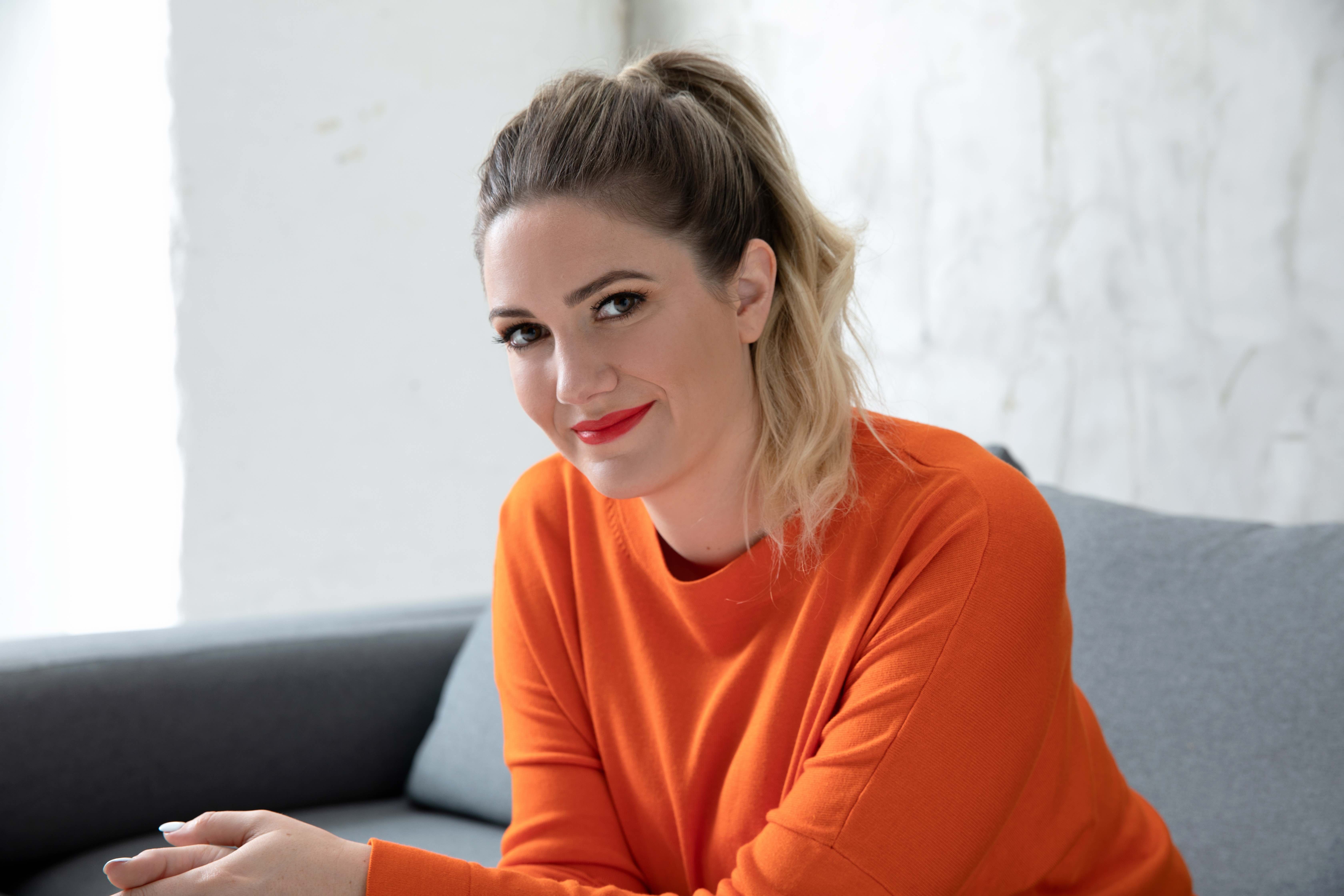
“We grew from a mono-channel business into multiple channels,” says Hoell. “When you have relatively high brand awareness in a market, other channels are easier to implement and more cost-efficient because the brand awareness from influencer marketing helps the other channels. That’s an assumption that we have proven.”
Around a year ago, HelloBody rolled out a U.S. site. Dissimilar from many companies, it isn’t expecting to be an instant sensation in the country. Instead, it’s building its U.S. presence carefully and leveraging it to detect trends before they spread globally. HelloBody has a six-person team in Los Angeles. The German-speaking countries Germany, Austria and Switzerland constitute the brand’s biggest market. The French-speaking countries France and Belgium constitute its second biggest market.
“Five years from now, HelloBody could become a unicorn.”
According to Hoell, the U.S. is responsible for “one digit percentage of net revenue.” She elaborates, “This year, we have a conservative approach, and we are going to be developing it into eight digits in sales by 2022. That is still quite low if you take into account the size of the market. Personally, I think there is more potential, but it would possibly come with more investment. That’s something we are willing to dig into.” In Europe, HelloBody has been solicited by major retailers, but declined to enter them. Although it would consider stores, it’s stuck with what it’s good at so far. Hoell says, “Going into retail is a much different business model.”
Gennadi Tschernow, a serial entrepreneur whose previous ventures were doctor appointment booking platform Azttermine, clothing line Get Amber and driving school comparison site FS Vergleich, and his co-founder at Azttermine, Bjoern Keune, inaugurated incubator Invincible Brands four years ago with HelloBody. The brand is the largest in a portfolio that’s stretched to eight consumer brands. Outside of HelloBody, a few of the brands are nutrition specialist Natural Mojo, trendy cosmetics brand Banana Beauty, and vegan and cruelty-free haircare line Mermaid + Me. Invincible Brands has 200-plus employees, and 100 of them work for HelloBody.
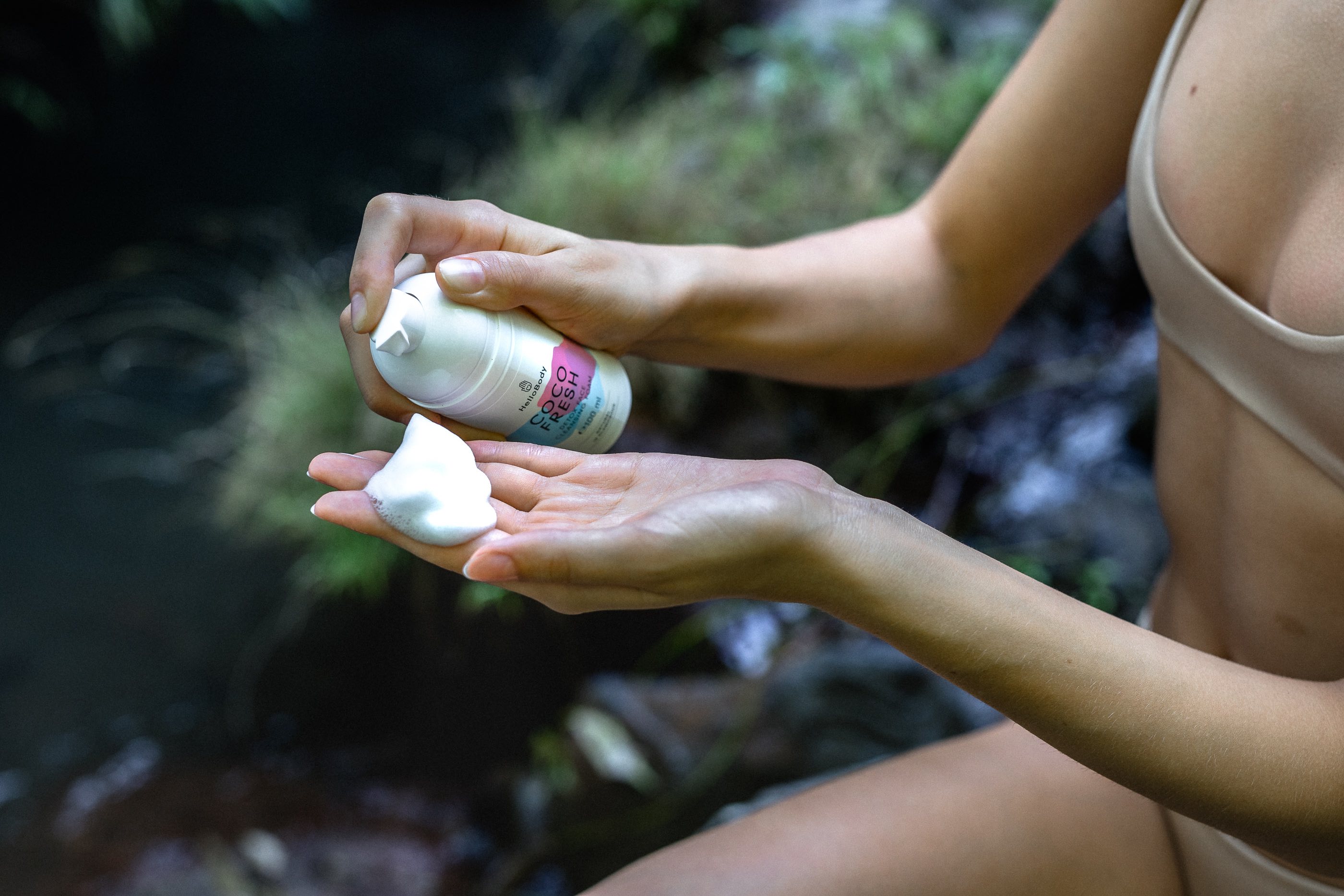
Invincible Brands has always been interested in profitability, and Hoell discloses that HelloBody was profitable within 12 months of kickoff. “There are the Casper’s of the world, and then there are brands like HelloBody. From the very beginning, everything we have executed had an aim to be profitable in the short term,” she says. “We are very cautious about spending money, and we have been optimizing our financials from day one. That is what differentiates us.”
During the pandemic, HelloBody shares its sales have been “relatively stable.” Prior to the coronavirus quarantines, Hoell told Beauty Independent she envisions HelloBody becoming a global brand. “We anticipate seeing similar growth rates in the future. Five years from now, HelloBody could become a unicorn,” she said, adding, “I believe we can achieve becoming a global brand with the platform we’ve developed. It’s a question of which countries we should go into. That’s something we have to decide, but there are quite a few geographies globally that look promising.”

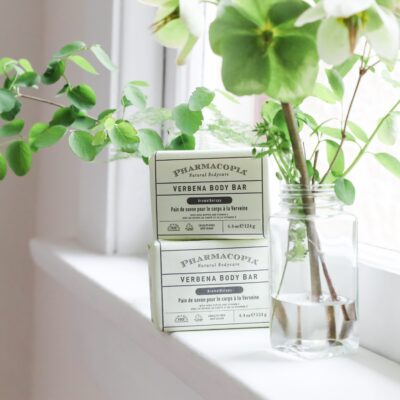
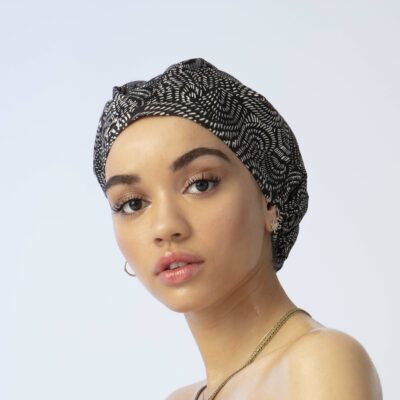
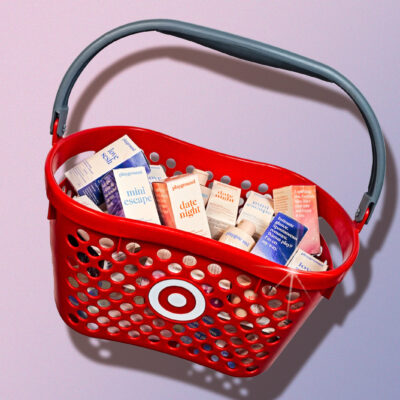

Leave a Reply
You must be logged in to post a comment.